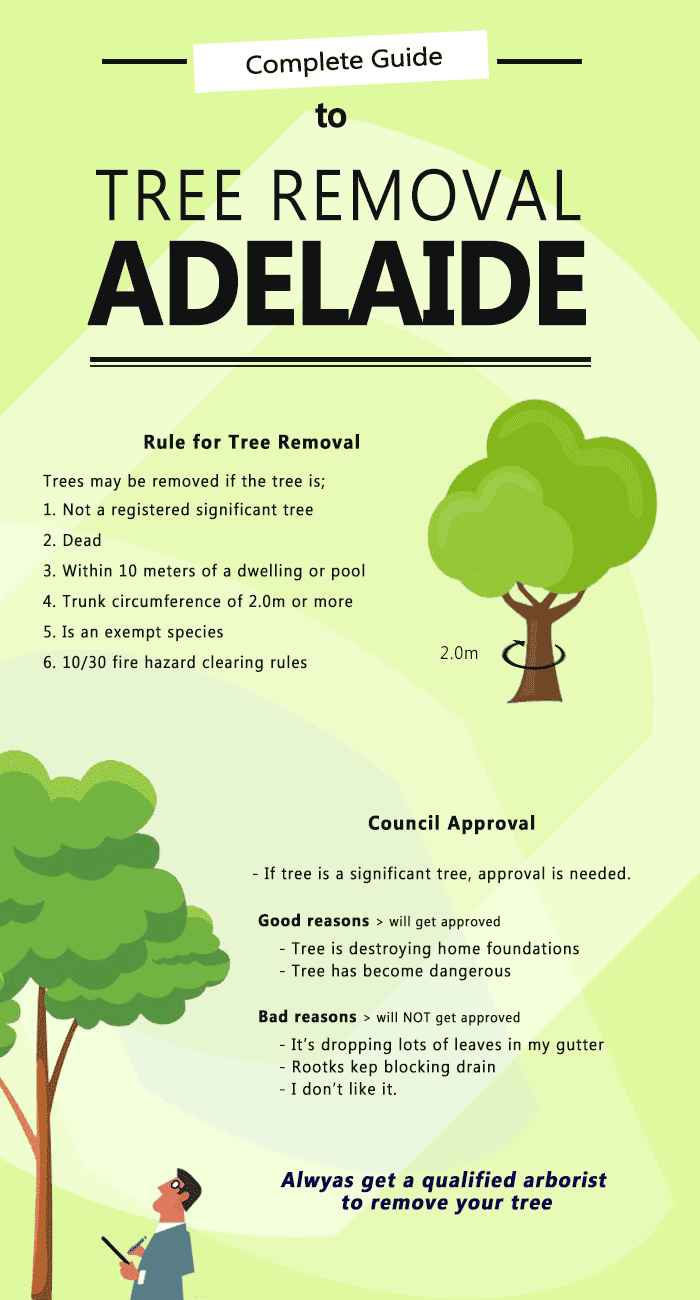After a tree's removal, your landscape may look fairly various, and it's necessary to assess the aftermath meticulously. You'll want to examine the soil disruption and check surrounding plants for any kind of indicators of stress. Overlooking these factors can bring about bigger issues down the line. So, what should you make with those stumps and origins? And just how do you pick the most effective plants for your rejuvenated space? Allow's discover these important steps.
Assessing the Aftermath: Reviewing Your Landscape
After a tree removal, it's crucial to assess your landscape to understand the impact it has on your yard.
Beginning by taking a look at the area where the tree stood. Try to find indications of dirt disturbance, and check the bordering plants for any kind of stress and anxiety or damage.
You should likewise remember of exactly how the removal has transformed sunshine direct exposure and air flow in your garden. This shift can influence the development of nearby plants, so it's important to evaluate their health.
Think about the aesthetic elements as well; the elimination may create an open space that you can redesign.
Finally, consider https://www.google.com/maps/uv?pb=!1s0x87695392e3f6d517%3A0xc91102aef5ddf5d8!5sPrecision%20Timber%20Felling!15sCgIgARICEAE&authuser=2&imagekey=!1e10!2sAF1QipNG7_Os-T-U5R43HWbNhnaQq4ULGTRjK8z11s1a that may occur from the tree's lack. Resolving these elements early will help recover equilibrium to your landscape.
Handling Stumps and Origins: Choices for Elimination
Once you've examined the aftermath of the tree elimination, you'll likely require to deal with the stump and roots left.
You have a few alternatives for removal. One effective technique is stump grinding, where an expert uses a device to grind the stump to below ground level. This technique leaves marginal interruption to your landscape.
If you choose a do it yourself approach, you can utilize a combination of excavating and chemical stump removers. Just keep in mind, this procedure can take time and effort.
Alternatively, take into consideration leaving the stump as a natural feature, which can function as a special garden aspect or environment for wild animals.
Whatever you pick, dealing with the stump and origins is vital for recovering your landscape.
Picking the Right Plant Kingdoms for Your New Area
As you evaluate your recently removed area, choosing the right plants can dramatically boost your landscape's beauty and functionality.
Begin by considering the sunlight and soil conditions. For warm locations, opt for drought-resistant plants like lavender or succulents. In shaded areas, brushes and hostas prosper well.
Consider the size and development behaviors of your plants; mix perennials and annuals for seasonal range. Do not fail to remember to include native types; they require less maintenance and assistance regional wild animals.
Team plants in weird numbers for a more all-natural appearance and produce layers for visual deepness.
Lastly, guarantee you have a mix of shades and structures to keep your landscape vibrant throughout the seasons.
Pleased growing!
Verdict
To conclude, restoring your landscape after tree removal is a satisfying procedure. By evaluating the aftermath, resolving stumps and origins, and picking the right plants, you'll develop a flourishing setting. Don't forget to include disintegration control steps to protect your dirt. With https://www.smithsonianmag.com/innovation/seven-ideas-for-do-it-yourself-backyard-pools-180975483/ and care, you can change your area right into a dynamic yard that enhances your residential or commercial property. Welcome the chance to rejuvenate your landscape and appreciate the beauty of nature right in your yard!
